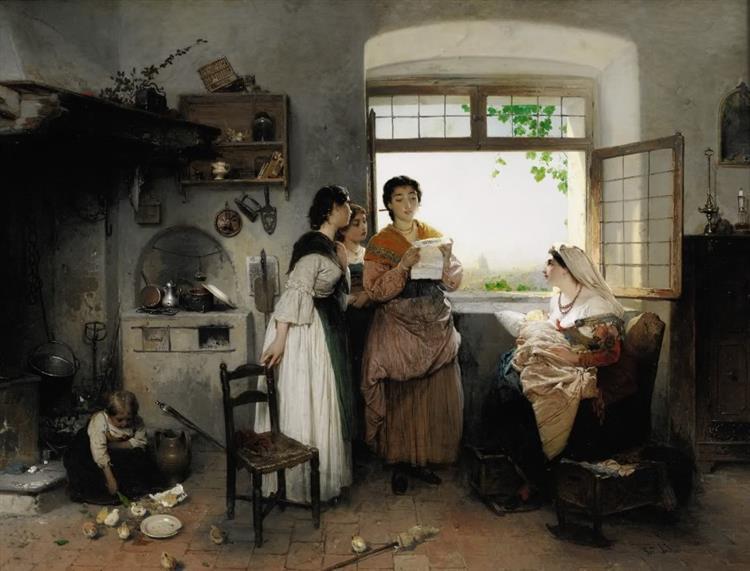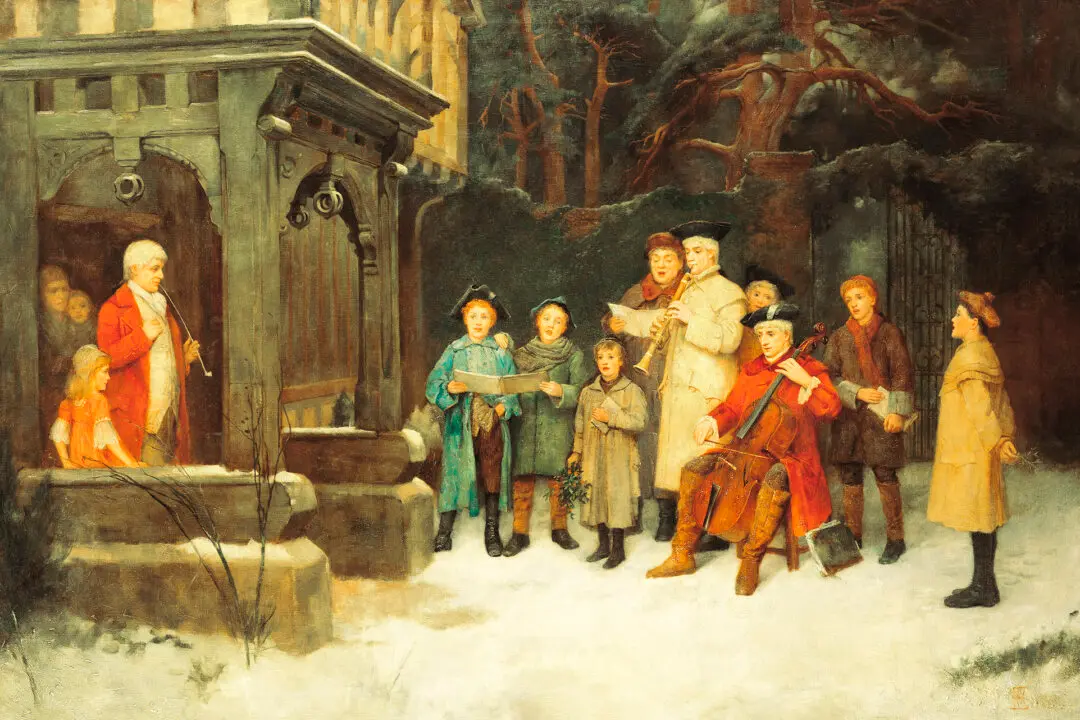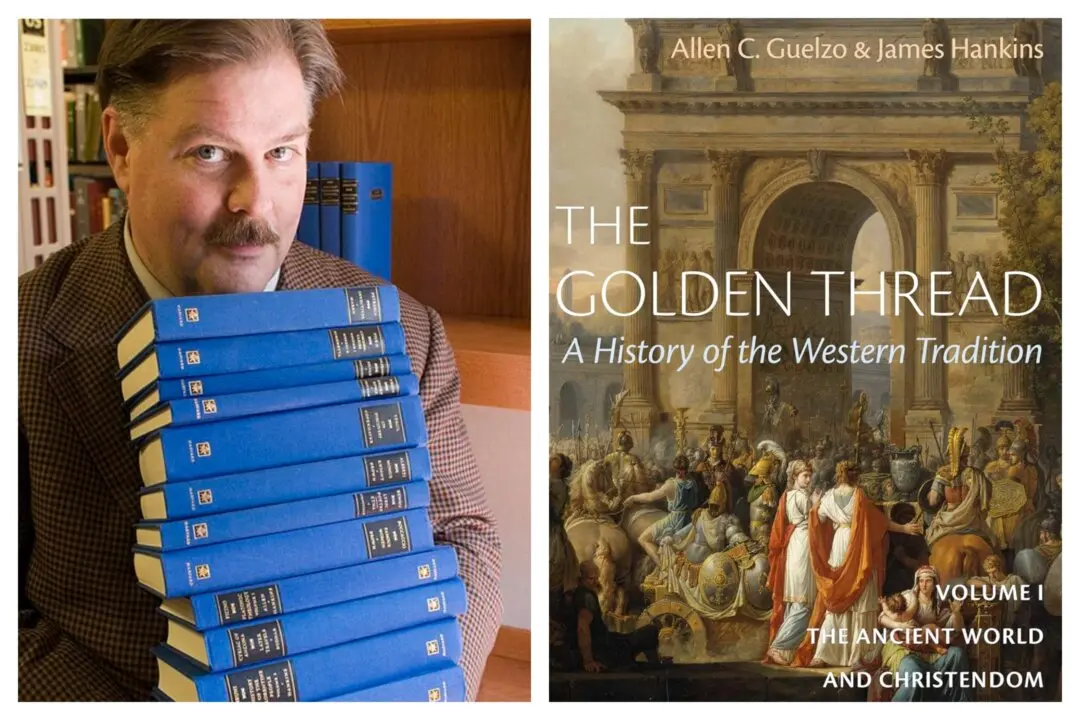On May 24, 1844, Samuel Morse sent the world’s first long-distance telegraph message—“What hath God wrought?”—and so changed forever human communication. This union of electricity and human ingenuity next brought the convenience and speed of the telephone, followed by today’s internet. In 2023, a father sitting at his dining room table in the United States can now press a button on a keyboard and deliver an email in 0.2 seconds to his daughter in India.
Each of these advances reduced the need for messages written on paper and delivered by hand. Less than 40 years ago, finding a letter in the mailbox was routine. Today it is a rarity, and “snail mail,” as it is derisively called, hovers on the edge of extinction. The hare in this modern race has defeated the tortoise.






